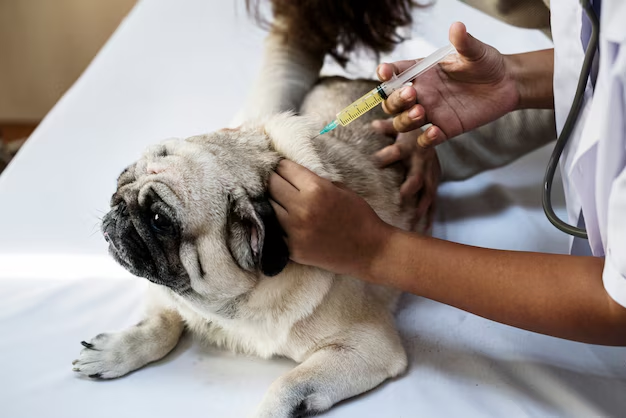Spotting Diabetes in Dogs: What Every Pet Owner Should Know
As devoted pet owners, we often find ourselves puzzled by sudden changes in our furry friends. Recognizing diabetes in dogs is crucial as early detection can make a significant difference in managing the disease. Here’s what you should look for to determine if your canine companion might have diabetes.
Common Symptoms of Diabetes in Dogs
Catching the signs of diabetes early can lead to better management and a healthier lifestyle for your dog. Look out for these key symptoms:
- Increased Thirst: If your dog seems glued to the water bowl or drinks much more than usual, this might be a red flag.
- Frequent Urination: Coupled with increased thirst, dogs with diabetes will often urinate more and may have accidents indoors.
- Increased Appetite: Despite eating more, your dog may not gain weight or may even lose weight.
- Weight Loss: Unexplained weight loss could be due to the body not properly using nutrients like glucose.
Additional Signs to Consider
Beyond these common symptoms, there are subtle signs that may indicate diabetes:
- Cloudy Eyes: Cataracts can develop, giving your dog’s eyes a cloudy appearance.
- Lethargy: A dog that is normally active might become unusually tired or slower.
- Recurring Infections: Skin or urinary tract infections might occur more frequently.
What to Do Next
If you notice any of these signs, it's crucial to consult your veterinarian. They will likely perform a physical exam, blood tests, and possibly a urine test to confirm whether diabetes is present. Early detection can prevent complications and help you adjust your dog’s lifestyle to accommodate their condition.
Managing diabetes in dogs often involves:
- Dietary Changes: A high-fiber, low-fat diet.
- Exercise: Regular activity to maintain a healthy weight.
- Medication: Insulin injections may be necessary.
Navigating the Financial Aspect of Pet Diabetes
Diagnosing and managing diabetes can be costly. Here are financial assistance programs that might help:
- Pet Insurance: Consider investing in a comprehensive policy that covers chronic conditions like diabetes.
- Nonprofit Assistance Programs: Organizations like the Pet Fund or RedRover offer grants for emergency veterinary care.
- Veterinary Financing Plans: Many clinics offer payment plans to spread the cost of treatment.
Resources for Financial Support
When veterinary bills loom, consider these options to alleviate financial stress:
- 🐾 Pet Insurance: Covers chronic and acute conditions.
- 💰 Nonprofit Aid: Pet Fund, RedRover, and similar.
- 💳 CareCredit: A credit card designed exclusively for health-related expenses, including veterinary.
- 📚 Grants: Look for community-based grants or funds that might be available through local shelters or animal welfare organizations.
Addressing your dog’s diabetes can be daunting, but with a keen eye for symptoms and the right support, manageable solutions are within reach. Always consult with your veterinarian for tailored advice and consider financial aid options to ensure your pup gets the care they deserve.
